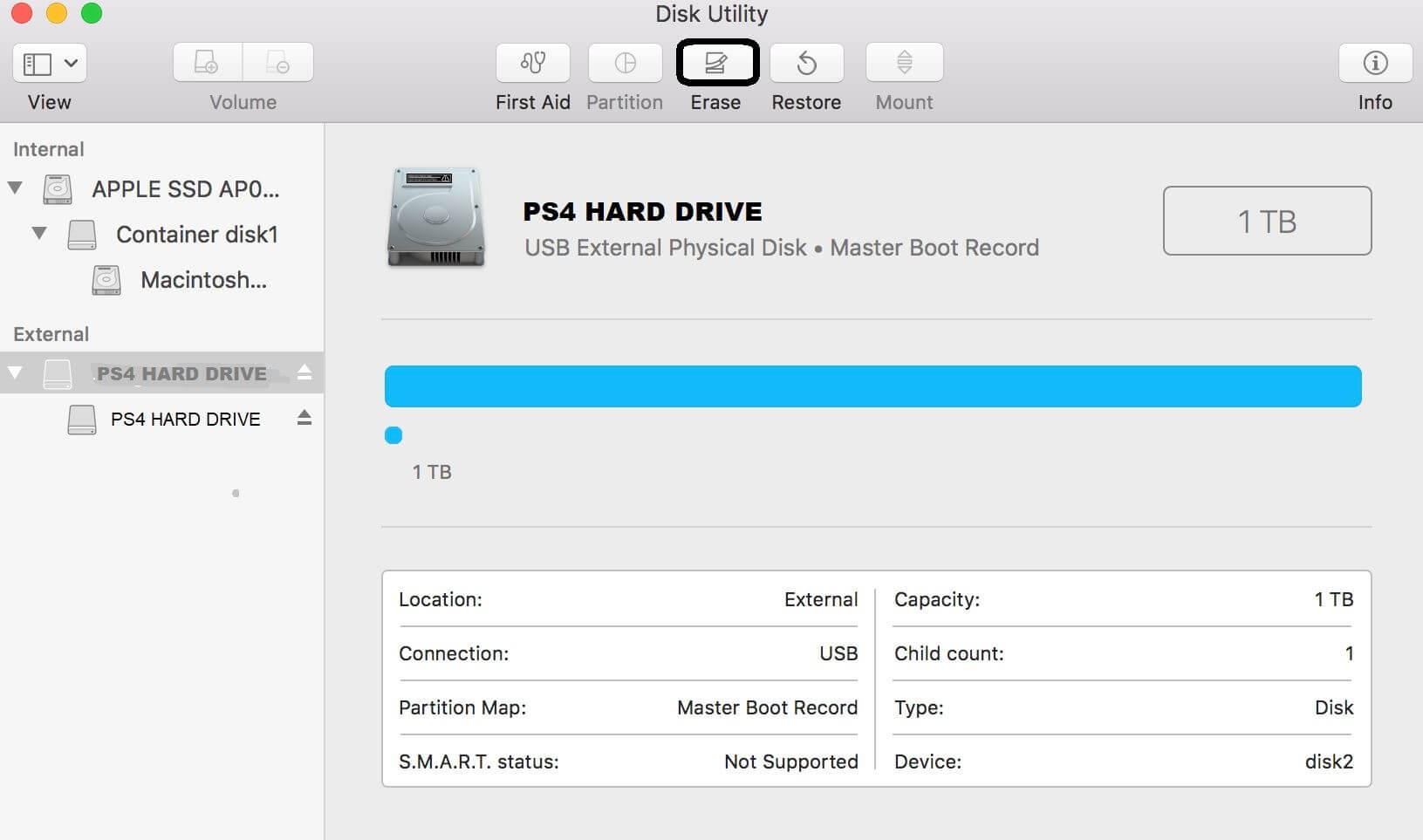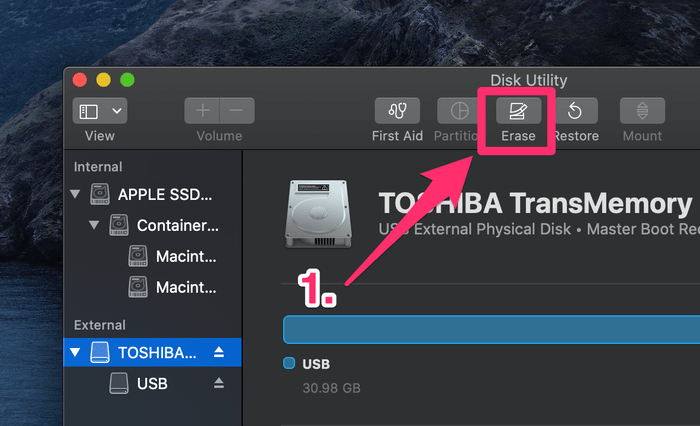

Connect the external hard drive with your Mac, and the computer will mount your drive. Hopefully you now know which options above to pick from the list of best formats for external hard drives, which can save your bacon when making the wrong choice can lead to a situation where an external disk just won’t plug-and-play. Format the external drive with Disk Utility on Mac: 1. Picking the wrong one can turn into a real pain when you have to backup and reformat an entire drive because it won’t work for its intended purpose. Picking a format for your external drive can be pretty confusing. In fact, most devices have an internal SD card formatting routine, so we recommend you simply let the intended device format the card. exFAT is still a good choice if your DSLR (for example) supports it, but follow the manufacturer’s recommendation. With SD cards, your choice should be entirely driven by which formats the devices you use support. However, that’s set to change in the future. Of course, if you’re also going to use your thumb drive on your current Linux machine, exFAT won’t work at the time of writing. Especially if you also want to use your thumb drive with iPads, iPhones and Macs.įAT32 is a fallback if you want to use your thumb drive with older devices that don’t support exFAT. Which means you may want to use large files, such as HD video files, on your thumb drive. With the fairly cheap yet large flash drives we have today, there’s some overlap in the use cases for thumb drives and external hard drives. SD cards and USB thumb drives are still an important part of our digital lives, so which formats should you pick? The choice for the best format for external hard drives involves different considerations compared to other forms of external storage. Unfortunately, Linux does not yet have support for exFAT, but that is reportedly set to change with the release of Kernel 5.4. The most compatible option is FAT32, but as we mentioned above it has a hard 4GB limit on file sizes.

In this utility, click the dropdown menu for File system and select ExFAT, this is a drive format that is.
#FORMAT AND PARTITION EXTERNAL USB3 HDD FOR MAC WINDOWS#
However, Linux supports NTFS, which makes for a decent go-between if you have both Windows and Linux machines. To format your drive, firstly right click on the external drive listing in Explorer and then select the Format from the dropdown list of options, this will then open the disk formatting utility in Windows. Linux has its own proprietary EXT formats and if you are only going to use your external drive with a Linux machine, you can safely go ahead and pick that format. If you don’t want to proceed with partitioning the disk, click Cancel.Īfter the operation finishes, click Done.Īfter you partition a storage device, an icon for each volume appears in both the Disk Utility sidebar and the Finder sidebar.Linux distributions such as Ubuntu Linux are becoming more popular by the day, but are still relatively niche overall. If you want to proceed with partitioning the disk, click Continue. If a dialog appears that indicates it will take a long time to resize the startup volume, read the information in the dialog, then do one of the following: Read the information in the Partition Device dialog, then click Partition. Type a name for the volume in the Name field.įor MS-DOS (FAT) and ExFAT volumes, the maximum length for the volume name is 11 characters.Ĭlick the Format pop-up menu, then choose a file system format.Įnter the size or drag the resize control to increase or decrease the size of the volume. Note: If you click Add Volume instead, you can click the Add button to create an additional APFS volume in the container, or click Cancel to return to the Disk Utility window without making any changes to the storage device.


 0 kommentar(er)
0 kommentar(er)
